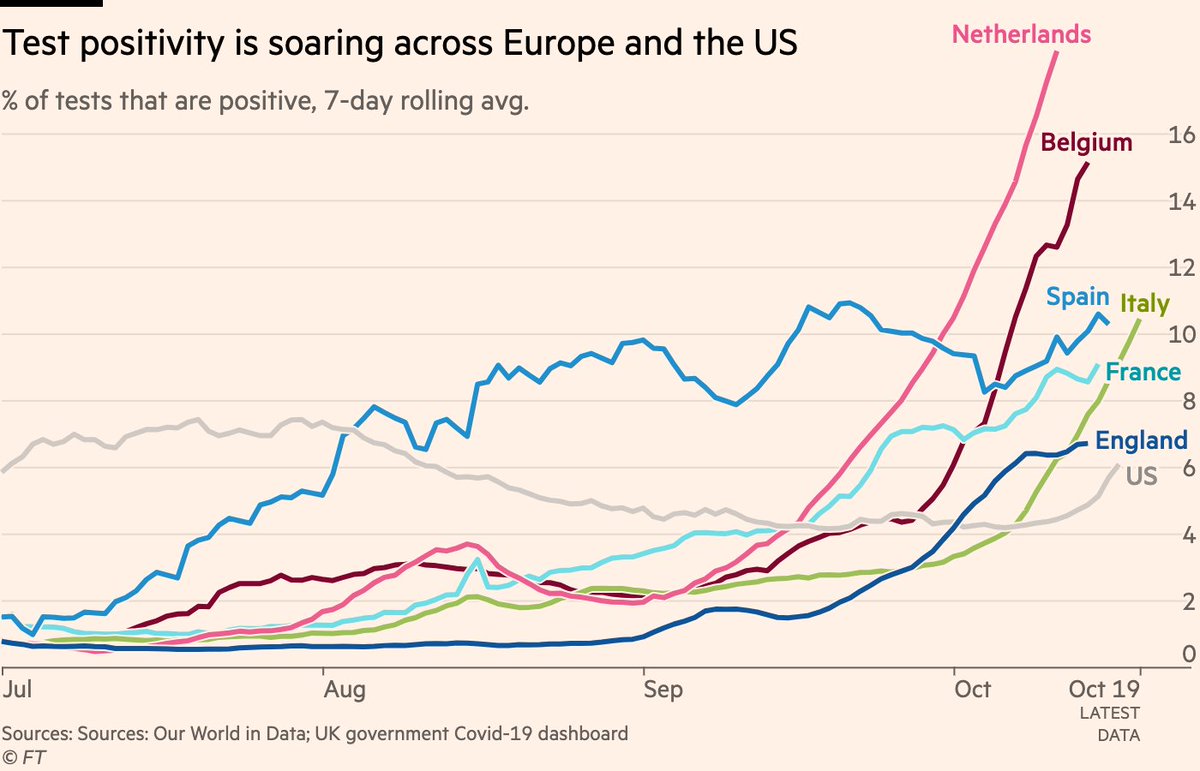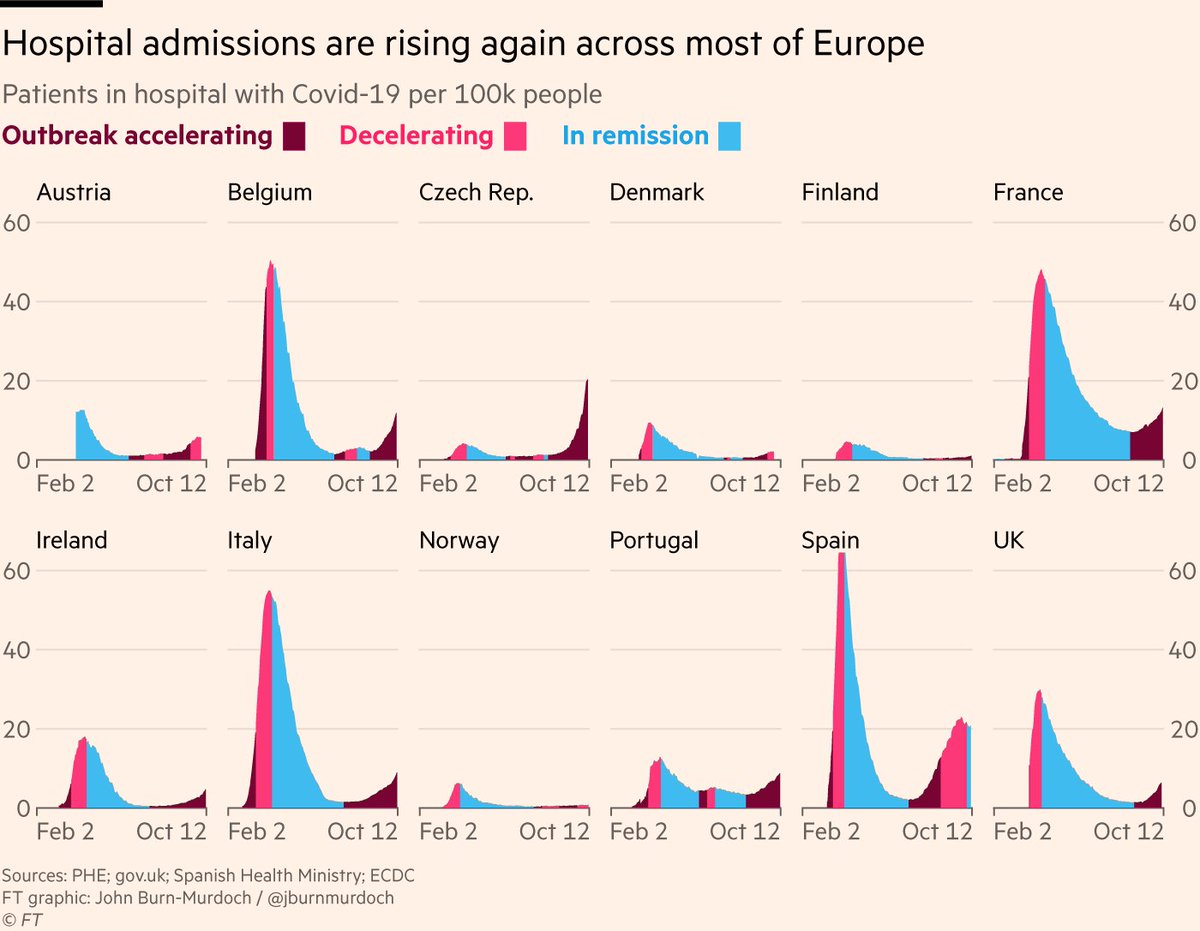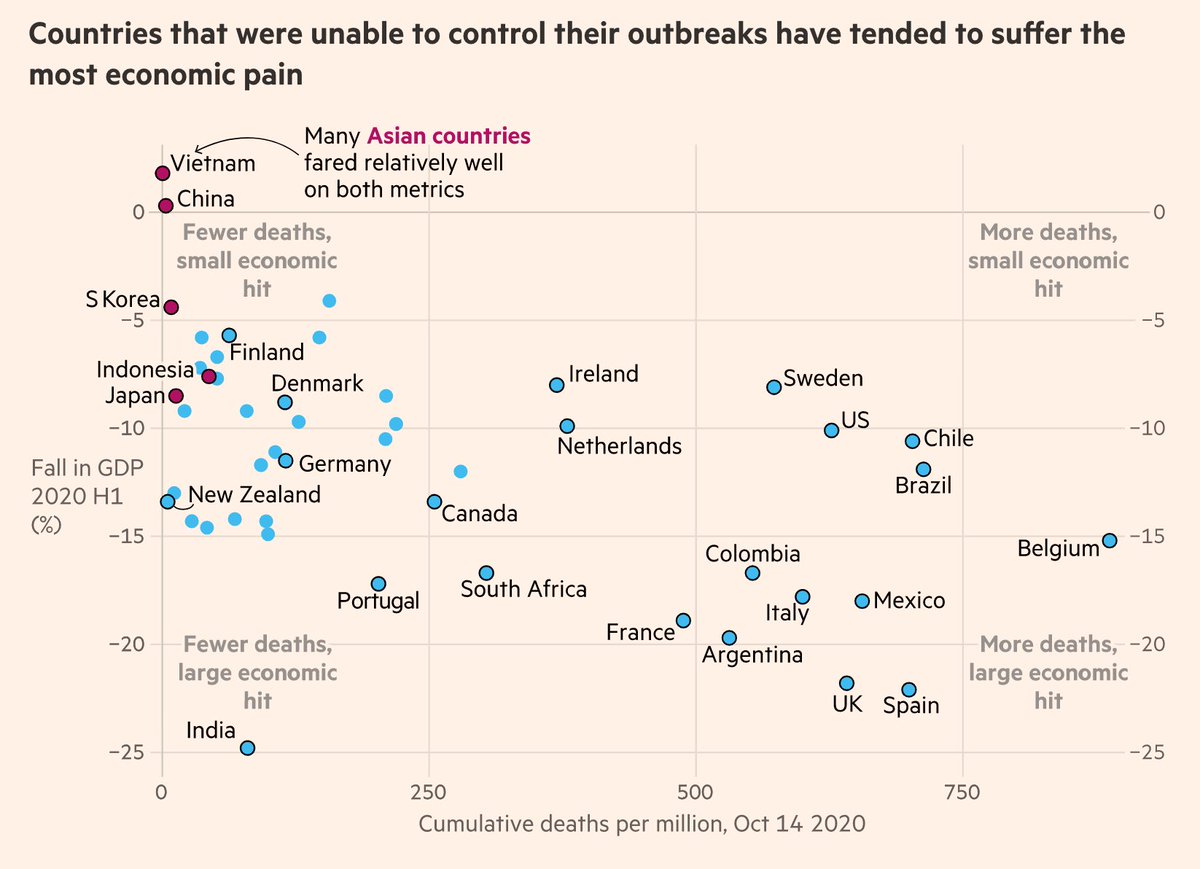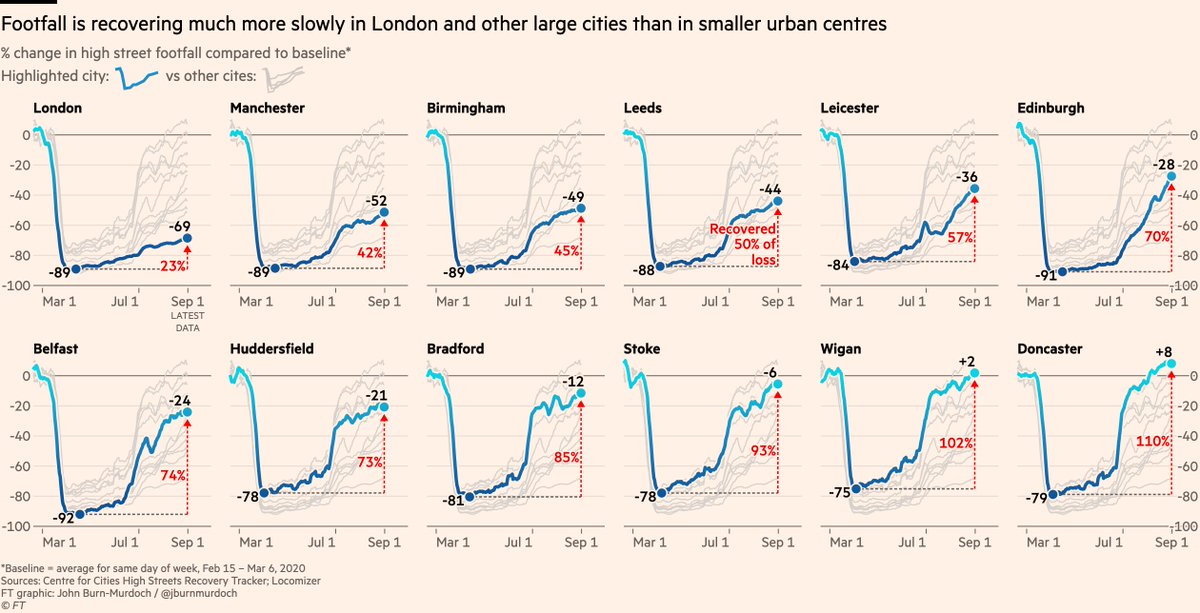
NEW: a fresh layout for our US excess deaths data
Placing each state’s chart in its rough location highlights different shapes of the epidemic, from short but towering spikes in north-east to prolonged climbs or twin-peaks in south & west
Free to read: ft.com/content/a52198…
Placing each state’s chart in its rough location highlights different shapes of the epidemic, from short but towering spikes in north-east to prolonged climbs or twin-peaks in south & west
Free to read: ft.com/content/a52198…

Do read the full story by @hannahkuchler & @Edgecliffe for a deep dive into how the US lost control of the virus, with early missteps in New York playing a critical role: ft.com/content/a52198…
I particularly love this wonderful graphic from the brilliant @DatumFan, showing that as Trump focused on stopping arrivals from China, Europe was already a key source of transmission to the US. By early February more new cases were coming from chains within the US, not overseas 

This US piece is the penultimate instalment from our series on the lessons from the year so far.
Tomorrow, we turn to Africa ft.com/coronavirus-in…
Tomorrow, we turn to Africa ft.com/coronavirus-in…
• • •
Missing some Tweet in this thread? You can try to
force a refresh













